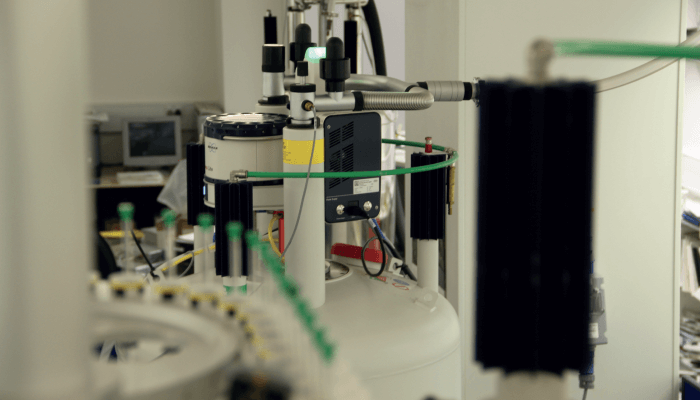
Early cancer diagnosis is crucial for ensuring the best possible patient outcome (1). Currently, the referral options for patients with nonspecific symptoms – such as fatigue or weight loss – aren’t well defined, which can make selecting the appropriate specialist difficult. This can lead to a loss of time and resources, which in turn may delay diagnosis until tumors are larger or have metastasized (2).
Noting the need for a new approach to diagnosis, James Larkin from the University of Oxford turned his attention to biofluid metabolomics. Using nuclear magnetic resonance (NMR) spectroscopy and computational analysis, he and his colleagues identified patterns of metabolites present in patients’ blood samples. “We discovered some patterns are more common in cancer patients and others are more frequent in patients with non-cancerous disease,” Larkin explains. “We can use these changing patterns to determine whether or not a patient has cancer.”
Existing approaches to cancer detection work by either physically searching for a tumor or detecting specific markers in the blood or in circulating tumor DNA. “What’s unique about our approach is that we’re looking only at the pattern of metabolites and seeing how the pattern itself is changing in cancer,” says Larkin.
The researchers were able to identify patients with solid tumors with high sensitivity and specificity and were also able to distinguish between patients with metastatic disease and those without. In two individual cases, the metabolomics model also identified early-stage cancers before conventional imaging was able to discern them. The implications of these findings are promising for patients with nonspecific symptoms, potentially enabling cheaper, faster, and more efficient diagnosis.
“Our immediate goal is to develop this technology to the point where it can be used daily by doctors seeing patients,” says Larkin. “Right now, there are a lot of cancer patients receiving late diagnoses, which leads to poorer outcomes and more deaths than necessary. Our approach will enable doctors to answer a key question early on: ‘Does this patient have cancer?’ If the answer is yes, the patient can be referred confidently to existing clinics, cutting down waiting time and improving prognosis.”
References
- R Tucker, Hospital Healthcare Europe (2022). Available at: https://bit.ly/3KLQdsX.
- JR Larkin et al., [Online ahead of print], Clin Cancer Res (2022). DOI: 10.1158/1078-0432.CCR-21-2855.




